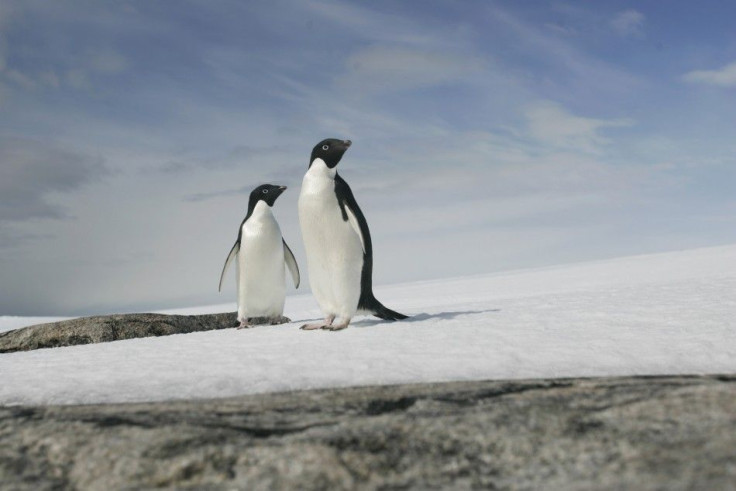Global Warming: 10-13 Feet of Increased Sea Levels Once East Antarctica Melts

East Antarctica, largely receiving small attention before, has now become the focus of a study where if it succumbs to global warming and melts could push sea levels to rise by 10-13 feet high, enough to drown coastal cities from Tokyo to Mumbai to New York.
The world's fifth-largest continent, Antarctica is divided into two unequal halves. The ice in West Antarctica goes through below sea level up to the ocean floor. The ice on East Antarctica, however, sits on a landmass that is above sea level. Earlier, scientists thought West Antarctica to be the more vulnerable of the two to global warming because warm oceans can melt ice better than air can. They said East Antarctica is more stable and that it will take years before its ice succumb to the effects posed by greenhouse emissions.
Or so they thought.
In a study published in the journal Nature Climate Change, scientists said a large region of the eastern ice sheet could become irreversibly unstable once a thin section of retaining ice on its coast is lost.
It was found only a thin slab of coastal ice, a small "cork" of ice, is preventing the giant Wilkes Basin ice sheet from slipping into the sea. Once this unhinges and starts melting, the world will slowly get inundated by rising sea levels between three to four metres high.
It would take 5,000 to 10,000 years for the basin to melt completely. Scientists said in the study it's closer to bursting than they previously thought.
Scientists are more concerned on the irreversible looming damage.
"East Antarctica's Wilkes Basin is like a bottle on a slant and once uncorked it empties out," Matthias Mengel of the Potsdam Institute for Climate Research in Germany and lead author of the study published in the journal Nature Climate Change, said.
"The full sea-level rise would ultimately be up to 80 times bigger than the initial melting of the ice cork," Anders Levermann, study co-author and fellow Potsdam researcher, said. "Until recently, only West Antarctica was considered unstable, but now we know that it's ten times bigger counterpart in the East might also be at risk."




















